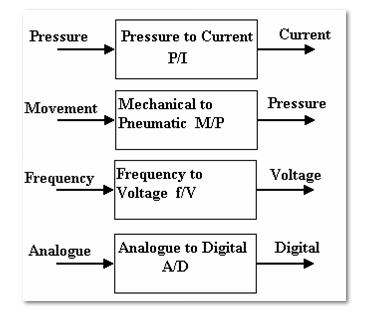Did you know you
could save on energy consumption and costs by using a VFD? You can also tighten
your processes, increase production, reduce maintenance, and extend the life of
your equipment.
But what is a
VFD, you ask? Let’s take a look.
Defining VFD
VFD stands for
variable frequency drive. It’s a motor controller for electric motors. VFDs are
also known as adjustable speed drives, adjustable frequency drives, AC drives,
microdrives, inverters, and variable speed drives.
The word
“frequency” in the name relates to the frequency of the power delivered to the
motor, which is measured in hertz. Changing the frequency changes the speed of
the motor shaft. If your electric motor
doesn’t need to run at full speed for the entire process, you can save some
juice and some wear and tear by installing a VFD to vary the speed of the
motor.
A variable
frequency drive can also get a motor started and ramp it up to speed at a
controlled acceleration rate. This makes the start-up smooth, while also saving
on electricity and motor life.
A VFD allows one
motor to be used for processes that may require or allow different speeds.
 |
| Variable Speed Drive |
How Does a VFD Operate?
A VFD converts
fixed frequency AC line voltage to DC, then makes new AC at whatever voltage
and frequency are needed to run the motor at the desired speed. The VFD
consists of a converter section, a filter section, an inverter section and
control section.
- The Control section operates the entire VFD, monitors the VFD and motor for safe operation, and interact with the machine operator or automation control system.
- The Converter uses diodes and/or SCRs to change AC utility power to DC
- The Filter ''Cleans'' the DC power with inductors and capacitors
- The Inverter makes new AC power for the motor using transistors as switches
Those switches
are what allow the VFD to function at different speeds. The transistorized
switches let the VFD adjust the frequency and voltage of the power supplied to
the motor. As the frequency changes, so does the motor speed.
What’s It For?
Anytime you have
a system run by an AC electric motor, you may have a need for a VFD. For
example, a common use is controlling the speed of a water pump. If the pump is
part of a water treatment process, a low demand for water can mean that the
water doesn’t exit the plant at the same speed it enters for treatment.
To slow down the
supply-side, a VFD is used to slow the water pump.
As mentioned
before, a VFD can be used to get a motor started and smoothly accelerate it to
operating speed. Energy usage is reduced if operating speed is below full
speed. There is less strain on the
motor, less wear and tear on the machinery, and it doesn't just start with a
jolt. Using VFDs on conveyors and belts eliminates those jerky starts and
increases throughput without damaging equipment.
VFDs can be
regulated with a PLC instead of manual adjustment. It’s an easy way to automate
a repetitive task and reduce labor cost.
A VFD is a handy
little gadget that can help you tighten your process controls, increase
production, and minimize mistakes. Your maintenance and repair needs go down,
and so does your electricity bill. At the end of the shift, your company has
made a little more money than it did before.
You can also read:
You can also read:
Don't miss out on key updates, join our newsletter list here.
About the Author:
With over 25 years of experience in the industrial automation repair
industry, Jeff Conner is the Dallas Service Manager for Control Concepts and serves on
the Advisory Committee for the Electronics Technologies Department at Texas
State Technical College.
Control Concepts helps design, fabricate, install, test, and program
control systems. They service almost any brand of control found in automated
systems and can send an experienced technician anywhere, wherever one is needed 24 hours
a day, 7 days a week.












